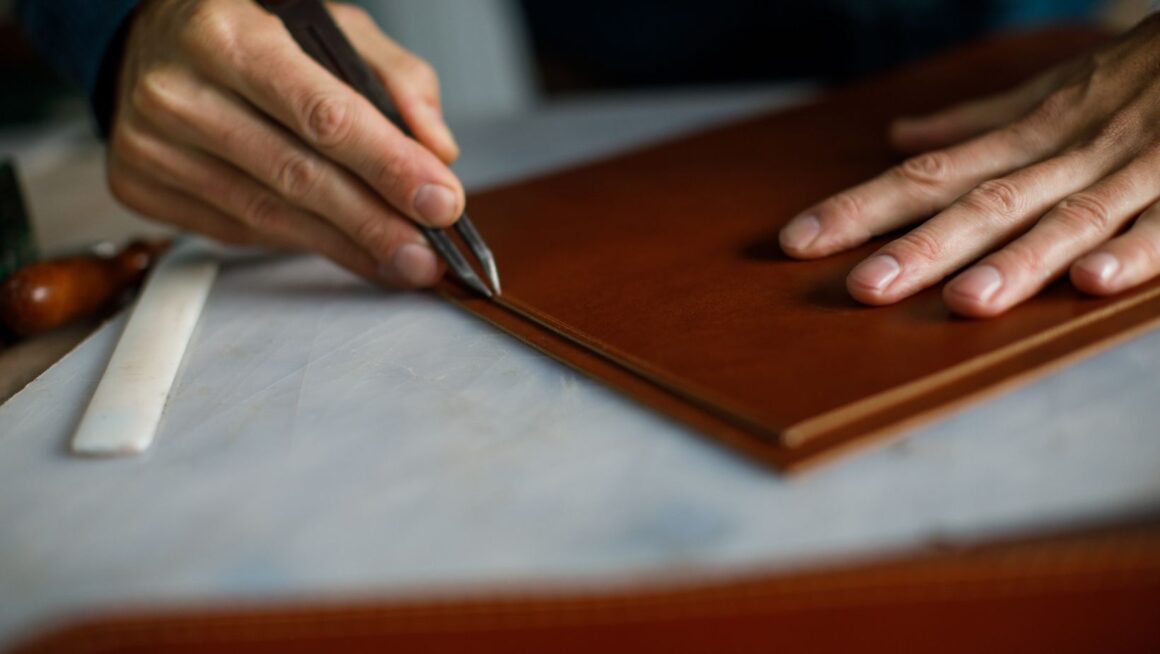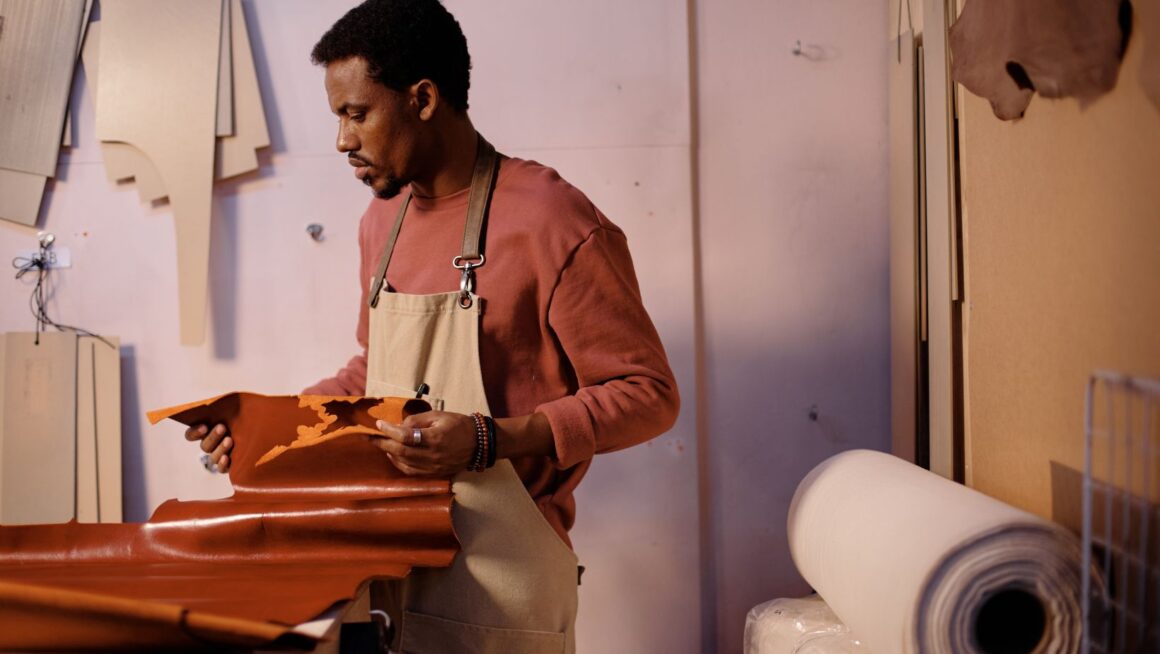In modern leather crafting, achieving consistent thickness and smoothness across leather hides is crucial for producing high-quality products. Advanced splitting technology plays a key role in this process. These machines are designed to thin leather efficiently by slicing through the material with precision, ensuring each piece maintains uniformity in thickness. This precision reduces material waste, enhances the aesthetic appeal, and improves product performance in leather goods manufacturing. Such accuracy is invaluable when crafting luxury items where every millimeter of thickness counts.
How Splitting Technology Transforms Leather Preparation
Leather splitting technology automates the thinning of hides, a traditionally labor-intensive manual task. By controlling the blade height and machine feed speed, these machines can split large leather sheets into thinner layers that are precisely tailored to meet specific product needs. For example, machines typically handle widths of up to 420–520 mm and leather thicknesses of up to 8 mm, with the ability to split leather as thin as 0.1 mm with precise adjustments. This controlled process enables manufacturers to produce multiple layers from a single hide, accommodating a range of leather thickness requirements for products such as shoes, handbags, belts, and upholstery.
These machines feature electronic controls, such as Programmable Logic Controllers (PLCs) and LCDs, that enable accurate thickness settings, adjustable feeding speeds, and automatic material usage counting. Such features streamline production and ensure consistent output without the variability common in manual splitting. The equipment often includes safety features like automatic pause systems to prevent material entanglement and dust extraction to maintain a clean work environment.
Efficiency and Cost Savings in Production
Integrating leather splitting machines into production lines brings substantial efficiency improvements. These machines expedite the splitting process, reducing manual labor and minimizing human error. Because they are engineered for continuous operation, manufacturers benefit from higher throughput and reliability.
Material utilization is another important advantage. Thinner splits enable manufacturers to maximize the utilization of each leather hide by creating additional layers suitable for various applications, thereby reducing waste and raw material costs. Energy-efficient motors and precision controls contribute to lower operational costs, making these machines highly economical for large-scale leather goods production. Moreover, the
automation and speed allow faster turnaround times for orders, which is essential for maintaining competitive lead times in today’s market.
Why Choose Automated Splitting for E-Commerce Success
For businesses focusing on e-commerce sales of leather goods, product quality and consistency are key to winning customer trust. Automated leather splitting technology supports these goals by producing uniform leather components that fit precisely during the assembly phase. This directly translates to fewer defective products, less rework, and reduced returns, all of which enhance customer satisfaction.

In addition, consistently high-quality leather parts help brands maintain their reputation for excellence, increasing repeat purchases and fostering customer loyalty. Faster production enabled by reliable machines also ensures that businesses can meet the demands of online shoppers who expect quick delivery. Combining precision, efficiency, and speed, an industrial leather splitting machine invests an e-commerce venture with a strategic advantage for scalable growth and premium product offerings.
The integration of an industrial leather splitting machine elevates the leather crafting process by providing unmatched precision, operational efficiency, and material cost savings essential for today’s manufacturing and e-commerce environment. Its advanced automation, customizable precision settings, and production speed empower manufacturers to deliver high-quality leather goods that delight customers and optimize profitability. This technology is a cornerstone for modern leather products businesses aiming for excellence and market competitiveness.



